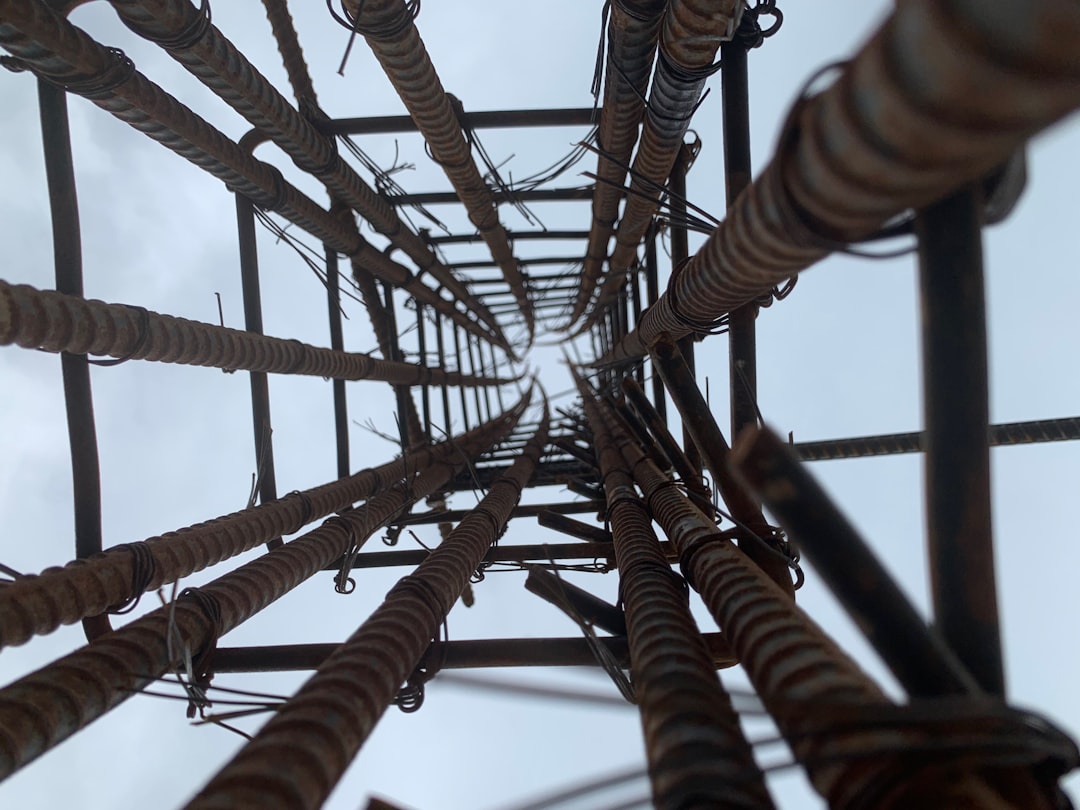What is it about?
Passively fed thrusters do not allow simple, direct measurement of efficiency. Thus, a new diagnostic tool has been created to directly and simultaneously measure both thrust and propellant consumption for uN scale thrusters. This new thrust stand successfully combines two conventional torsional thrust stands in a dual-axis configuration to perform these measurements. The primary design challenge for device is responding to environmental effects, particularly the effects of a changing thermal environment in the testing building. These environmental effects are documented and it was determined that absolute temperature affects the zero position of the primary thrust stand supports.
Featured Image

Photo by Gavin Allanwood on Unsplash
Why is it important?
To the author's knowledge, this is the first successful dual-axis torsional thrust stand. The measurements this system enables are particularly important to the development of passively fed electrospray thrusters as their true efficiency and mass consumption mechanism is an area of active research. It also shows that a dual-axis system is possible at larger thrust levels, perhaps with a greater chance of success due to the increase in signal to noise ratio.
Perspectives
This paper is the culmination of a multi-year research effort to develop this dual-axis diagnostic and I'm grateful to my co-authors for sustaining this project through continuous challenges including the COVID-19 pandemic, moving to multiple different laboratories, and the constant reminders that this was truly a challenge to practically implement. Torsional thrust stands are commonly used technology. But, dual-axis implementation at the uN scale meant that every known engineering challenge in thrust stand design "mattered" for successful operation. I.e. nothing here falls below the noise floor as would be seen with larger scale devices. This paper highlights some fundamental limits/challenges for future thrust stand development and I hope that it extends what designers think about when developing their own systems. It was a pleasure to have the opportunity to keep digging into this problem and hopefully there will be a chance to tackle of of the more fundamental thermal issues in the future.
Matthew Gilpin
University of Southern California
Read the Original
This page is a summary of: Dual-axis thrust stand for the direct characterization of electrospray performance, Review of Scientific Instruments, June 2022, American Institute of Physics,
DOI: 10.1063/5.0087716.
You can read the full text:
Contributors
The following have contributed to this page










